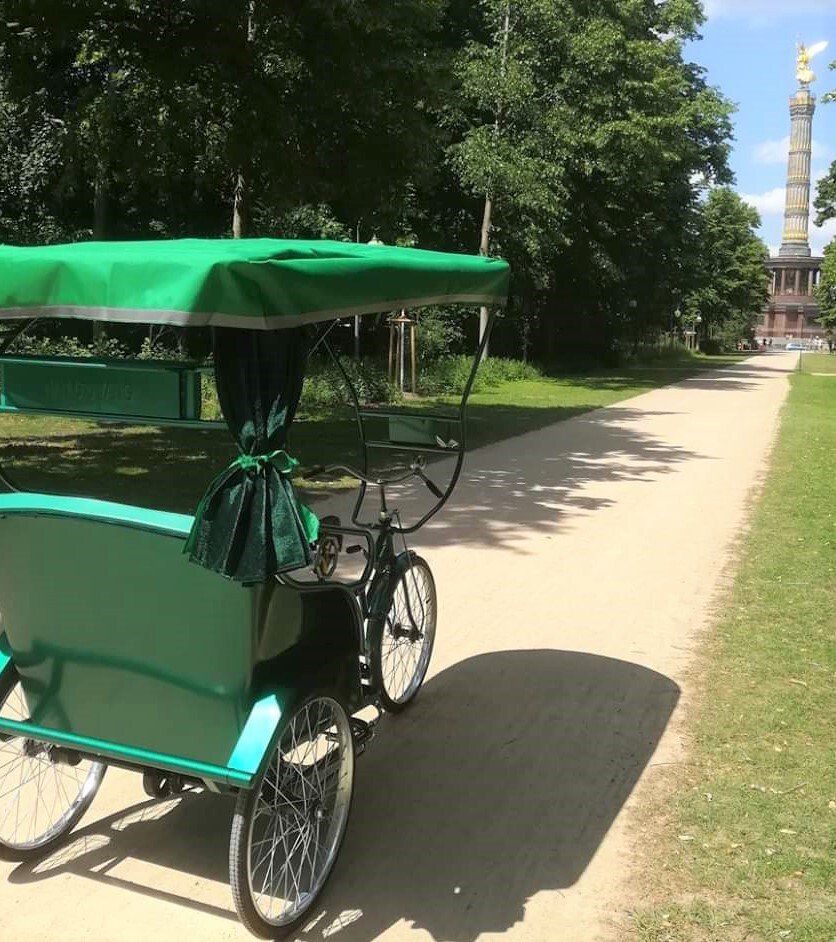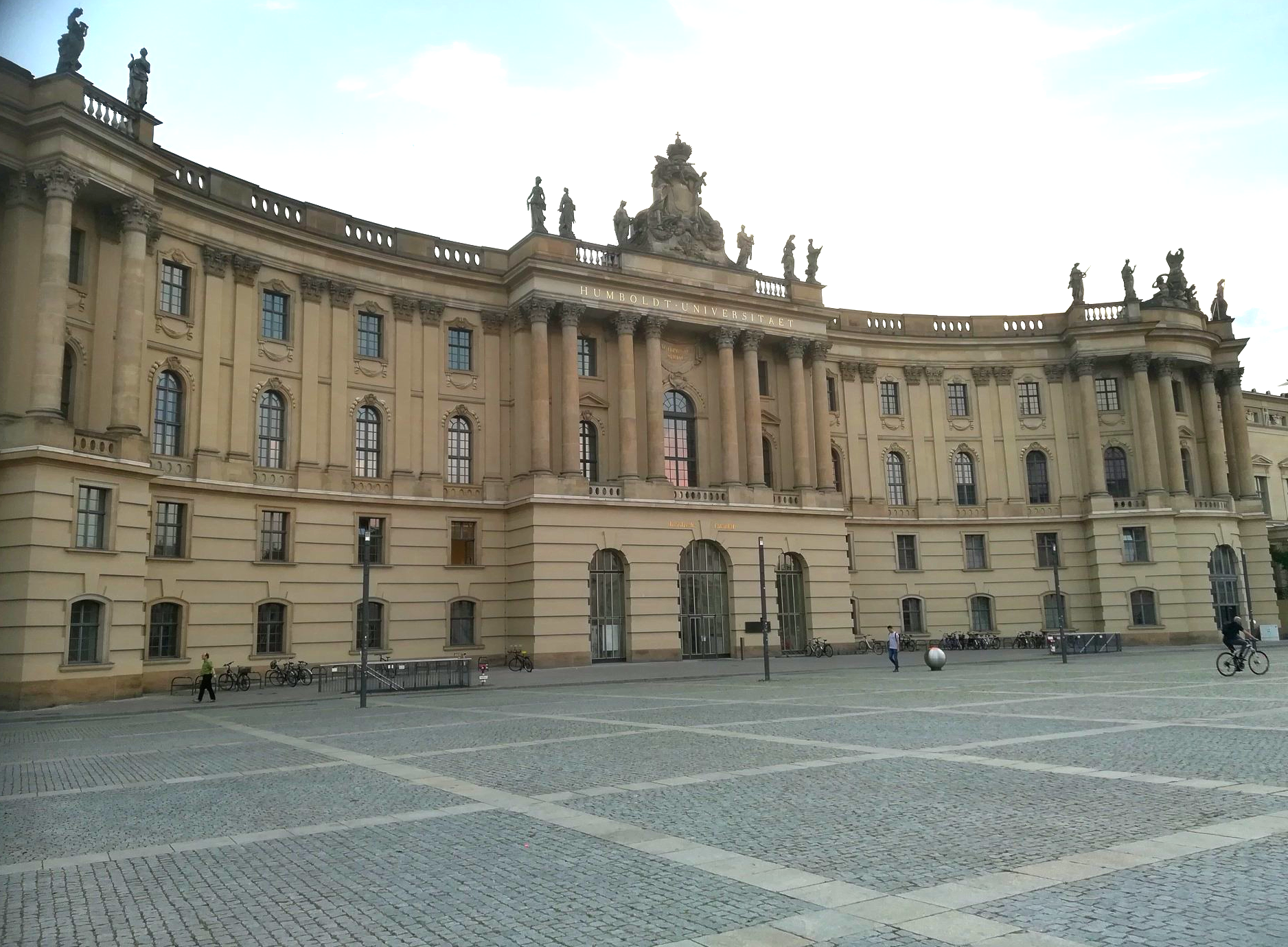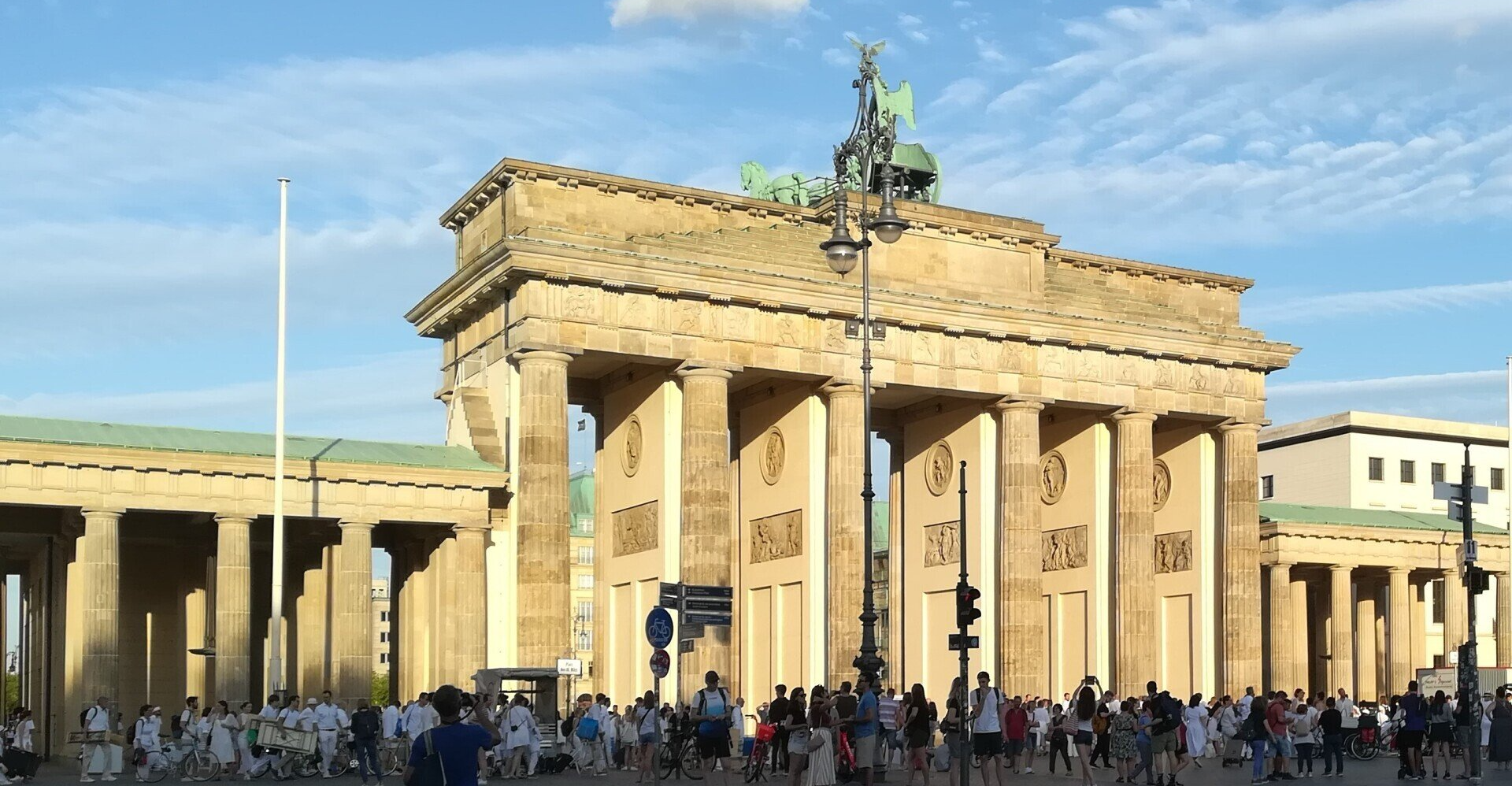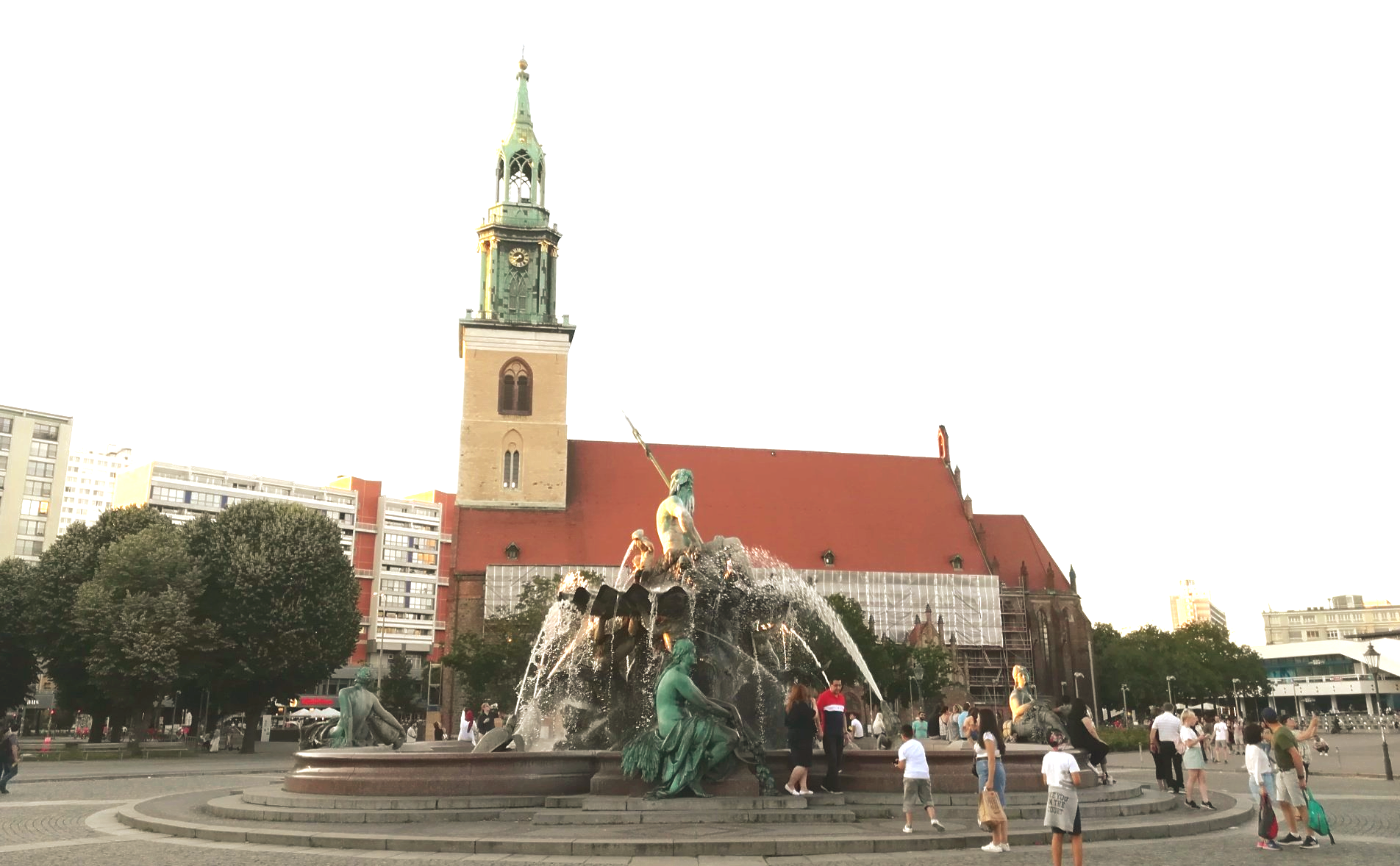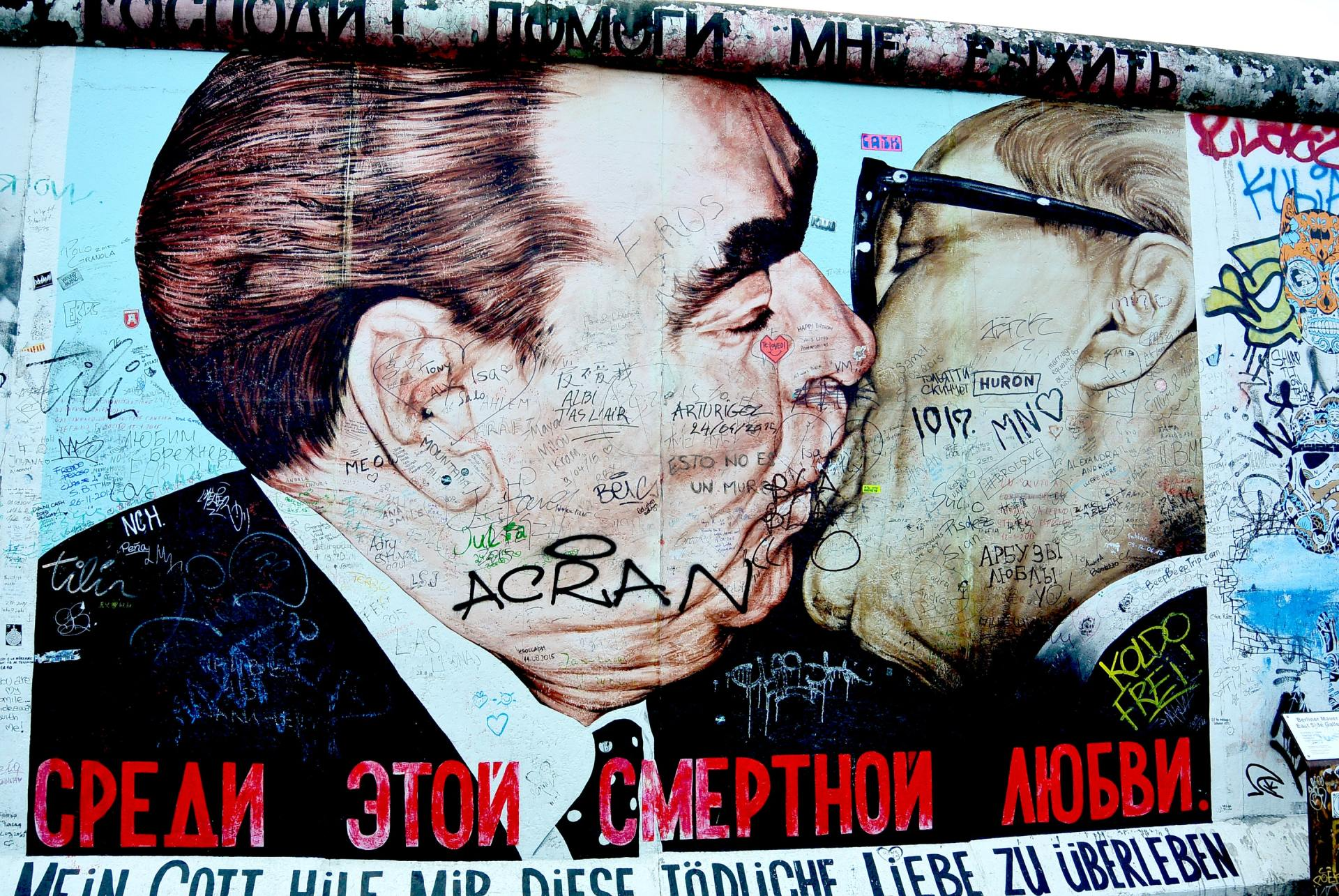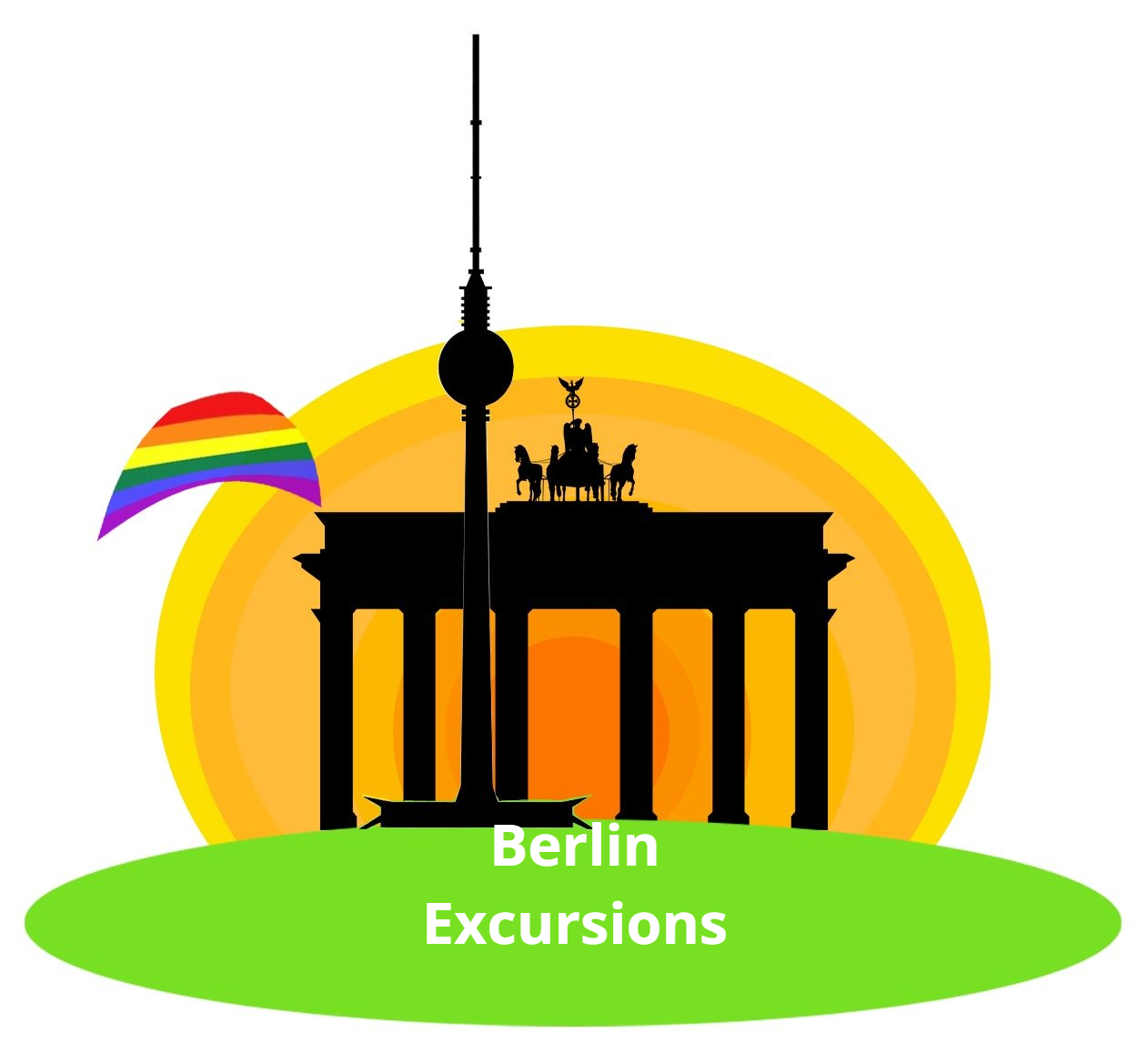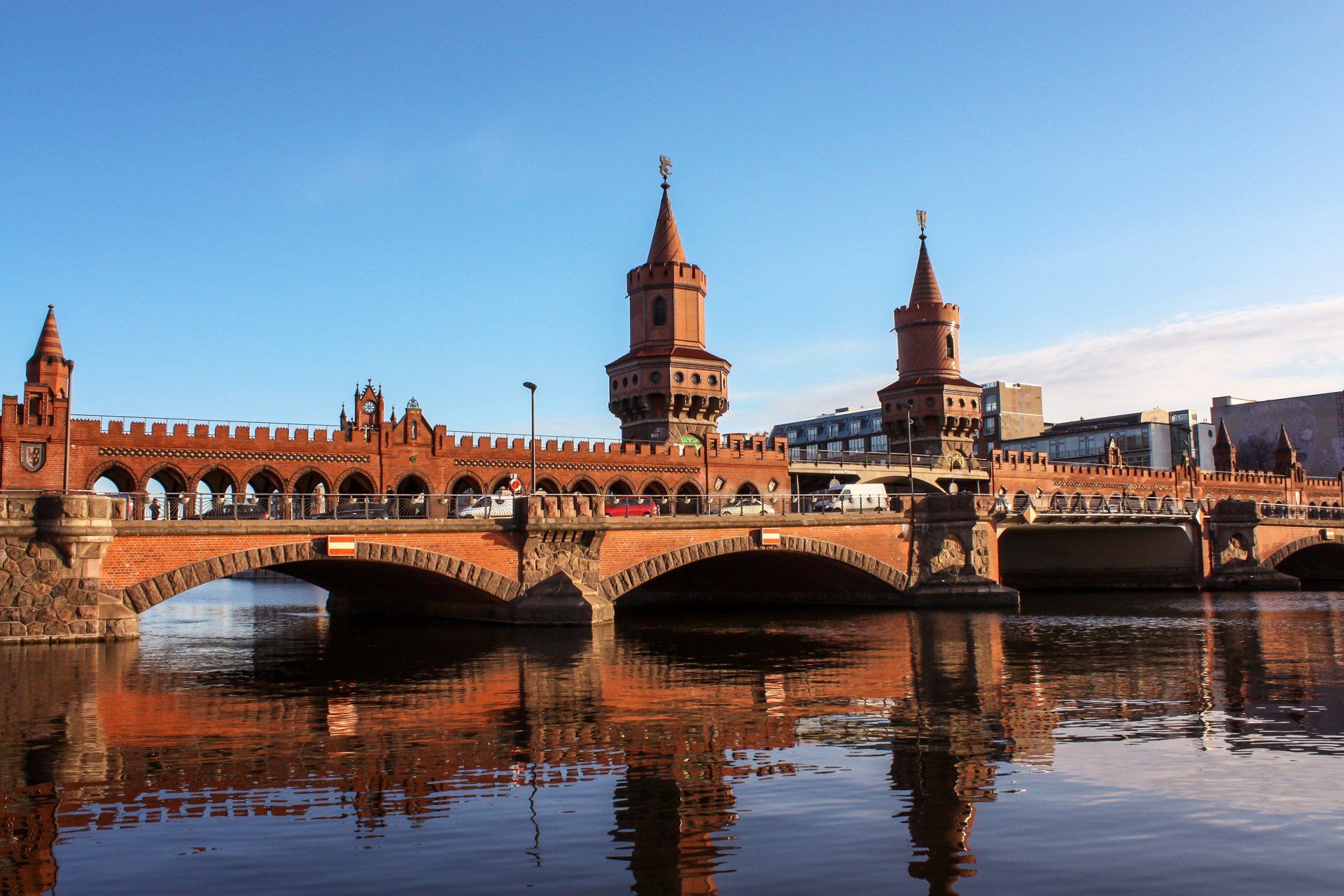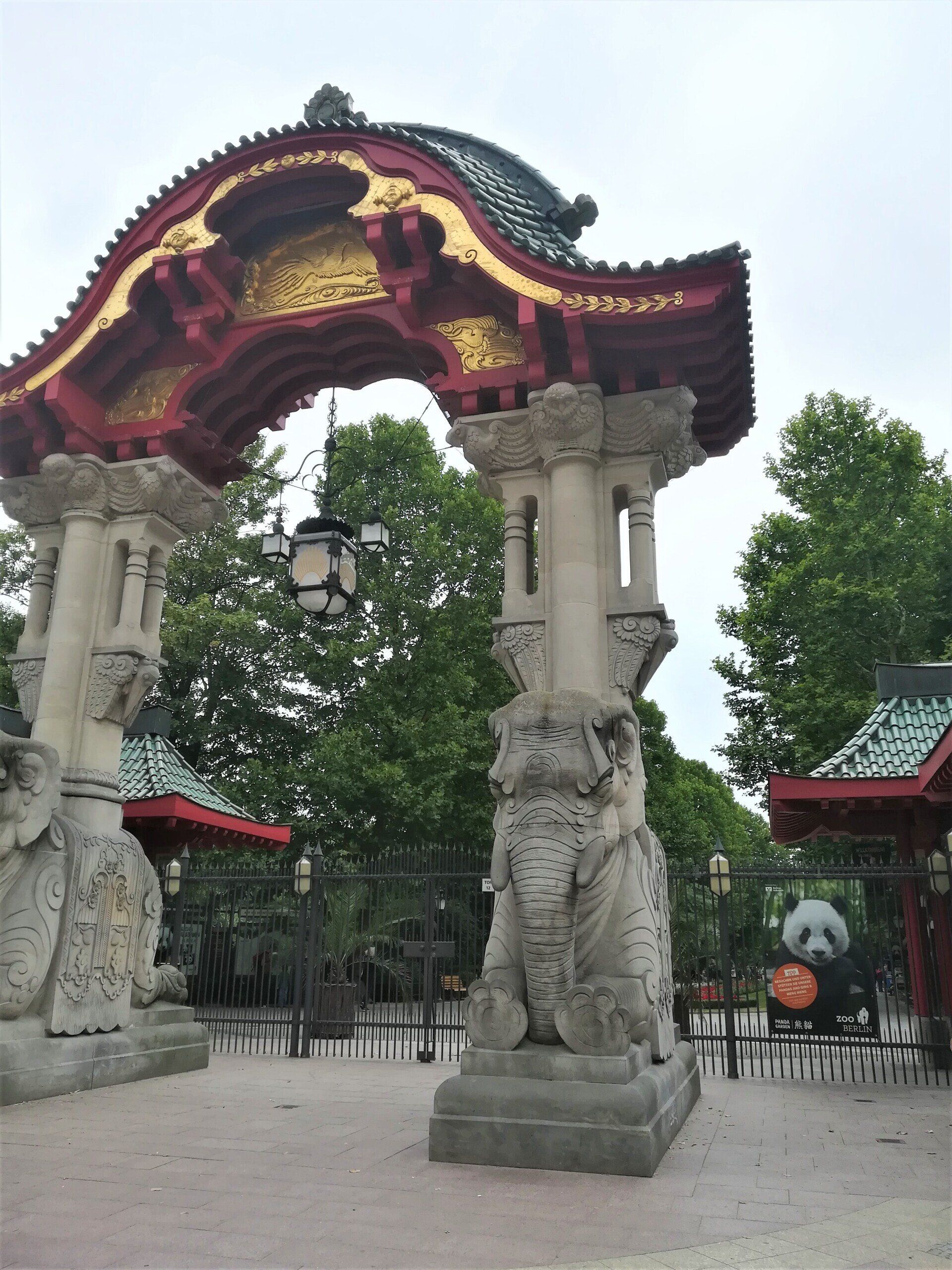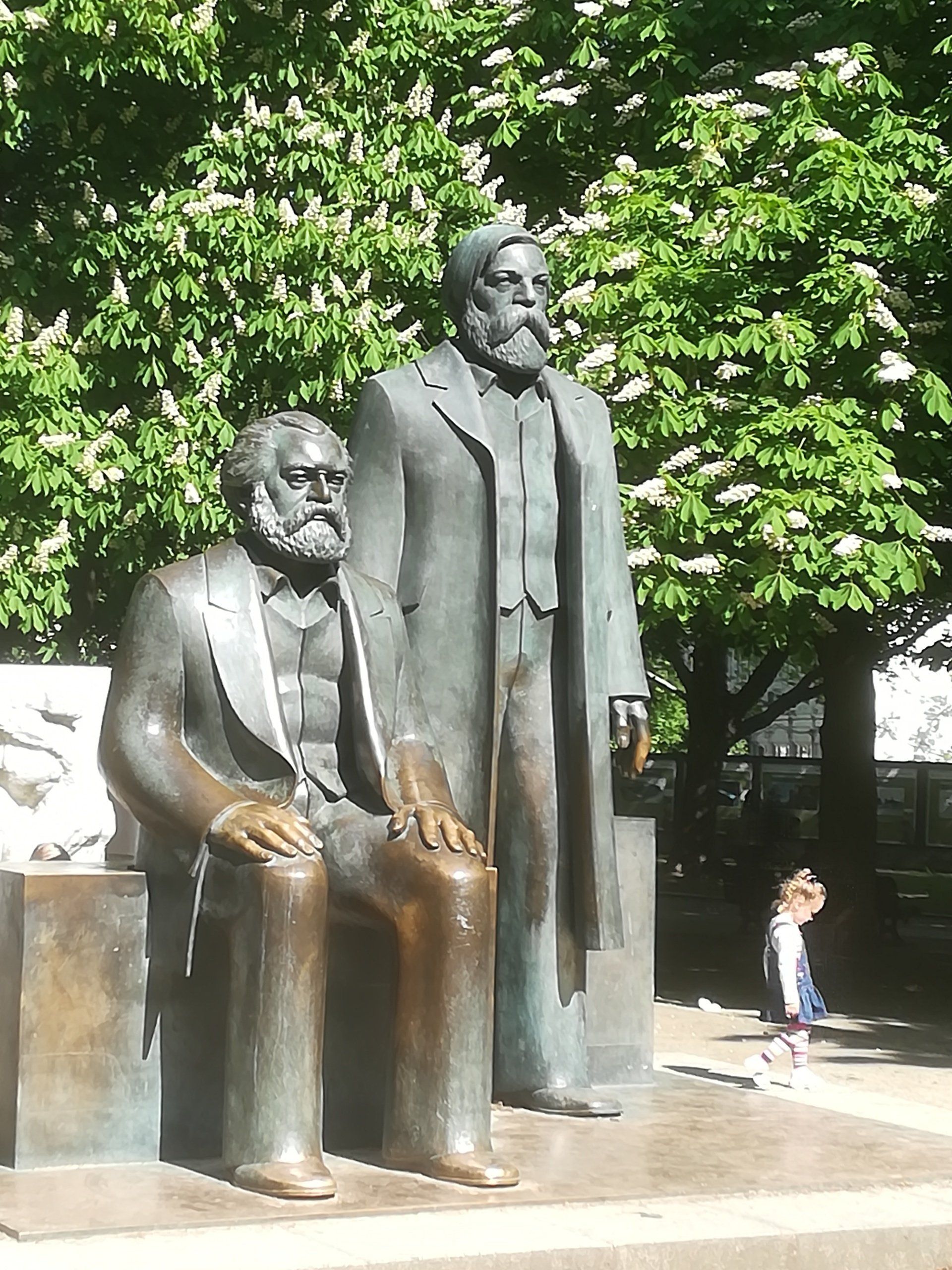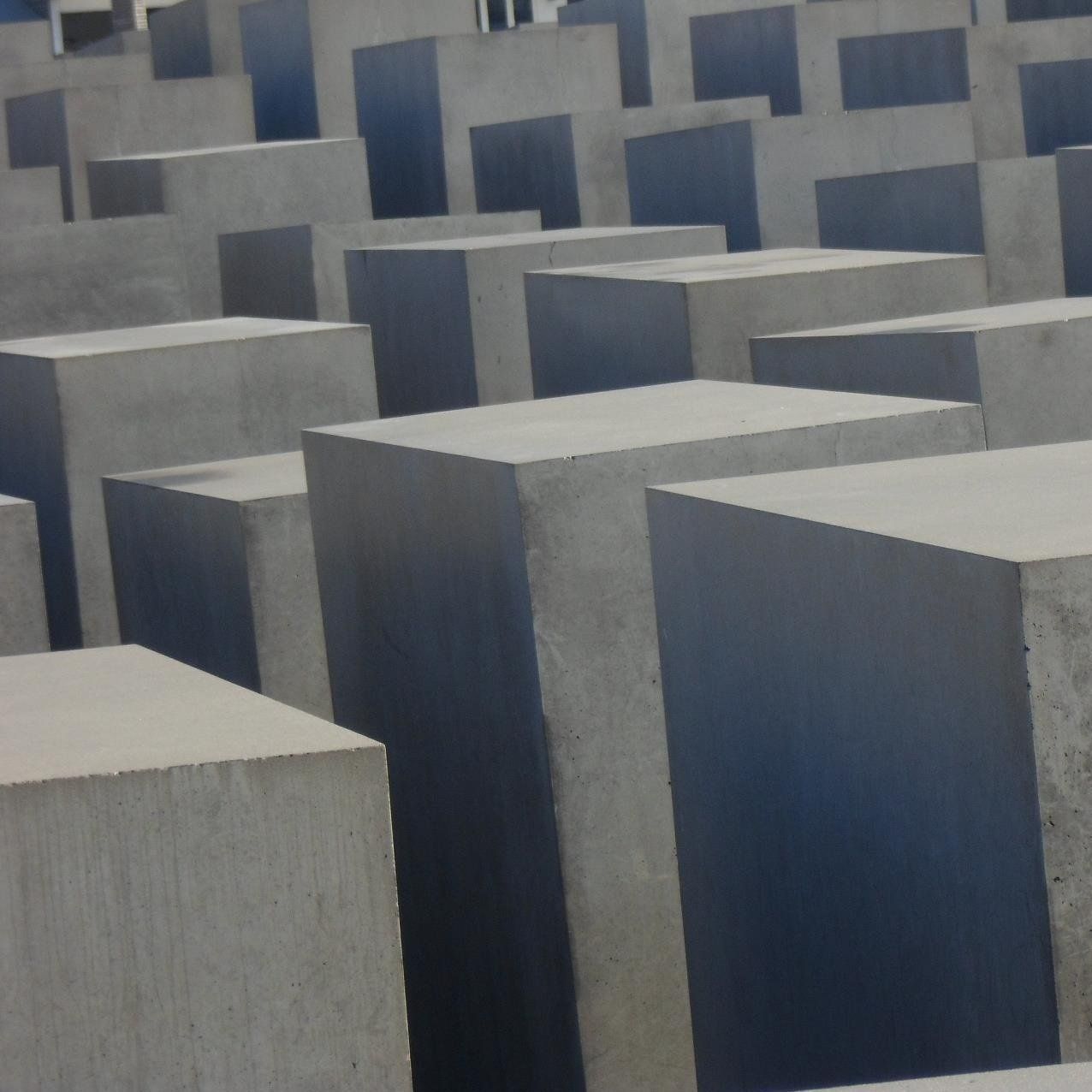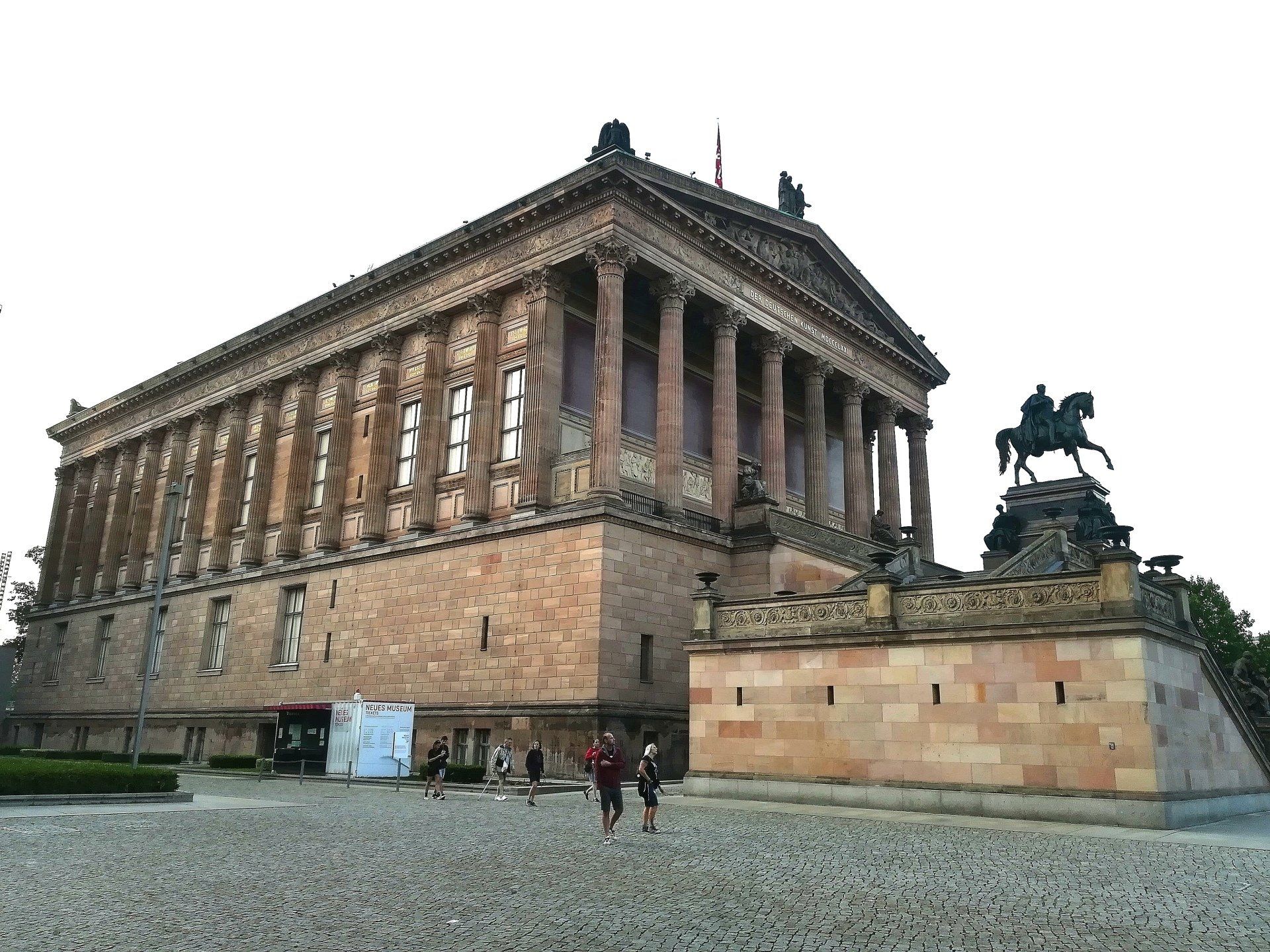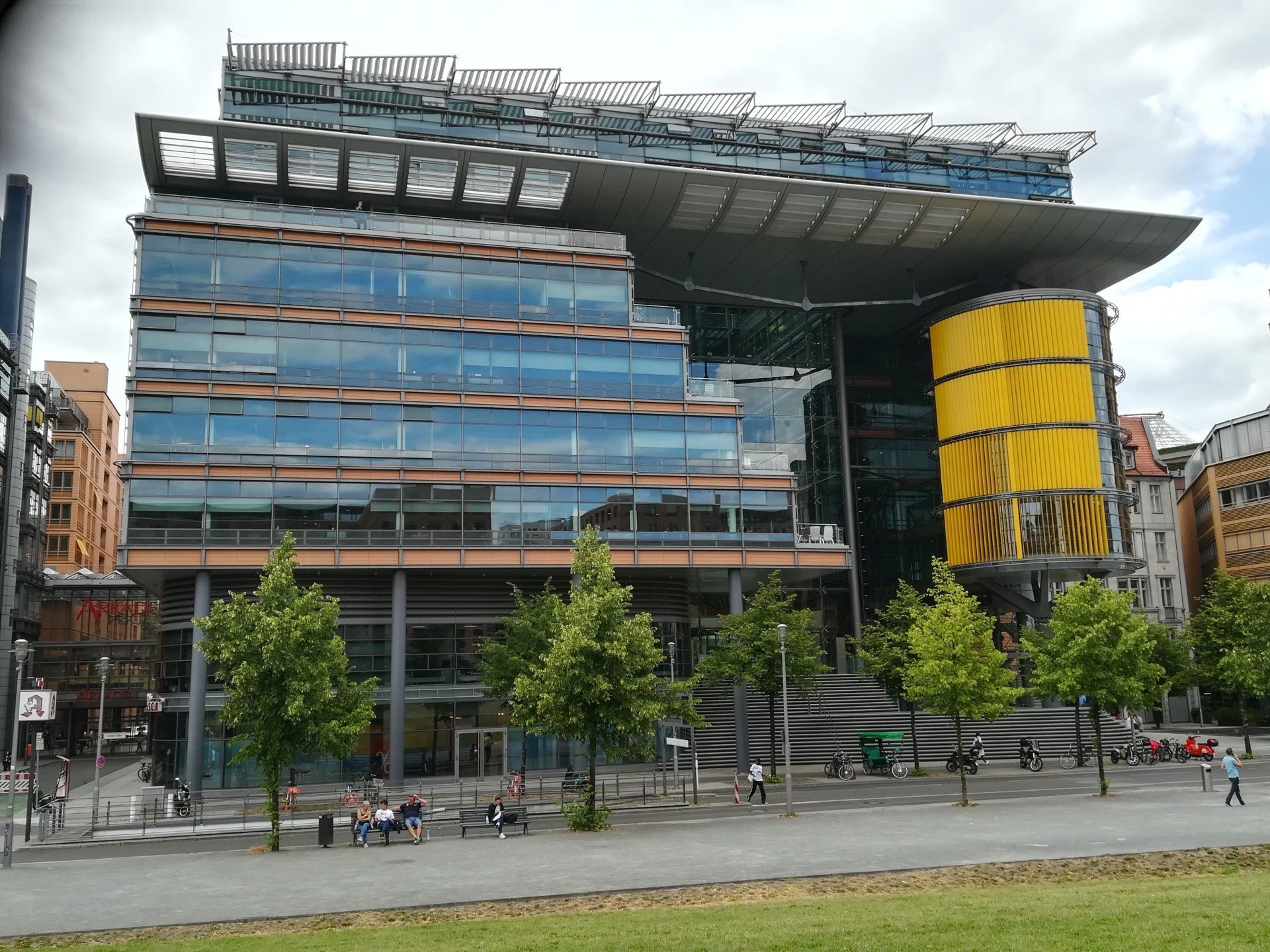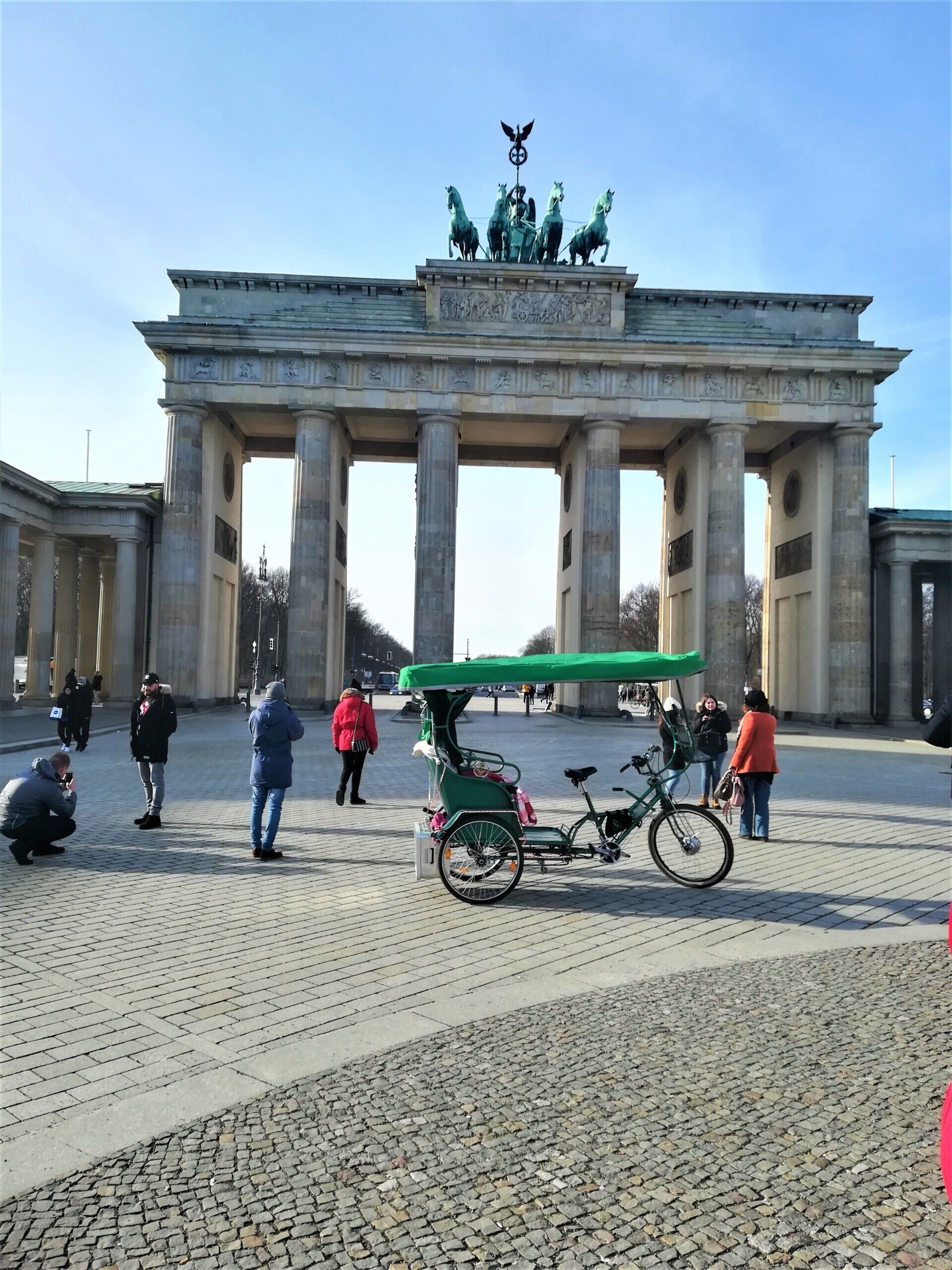-
Bebel Platz Berlin Rickshaw
Book Historical Highlights BerlinThe Bebelplatz in Berlin is a sad reminder of the Nazis' oppressive regime. On May 10, 1933, the Nazis conducted a book-burning ceremony at this site to demonstrate their power and to destroy any books deemed "un-German". This event is a powerful symbol of the destruction caused by Nazi rule and serves as an important reminder of what can happen when hate and intolerance go unchecked.
The Best of The Highlights Berlin
Historical Sights
in Berlin
Welcome to Berlin.
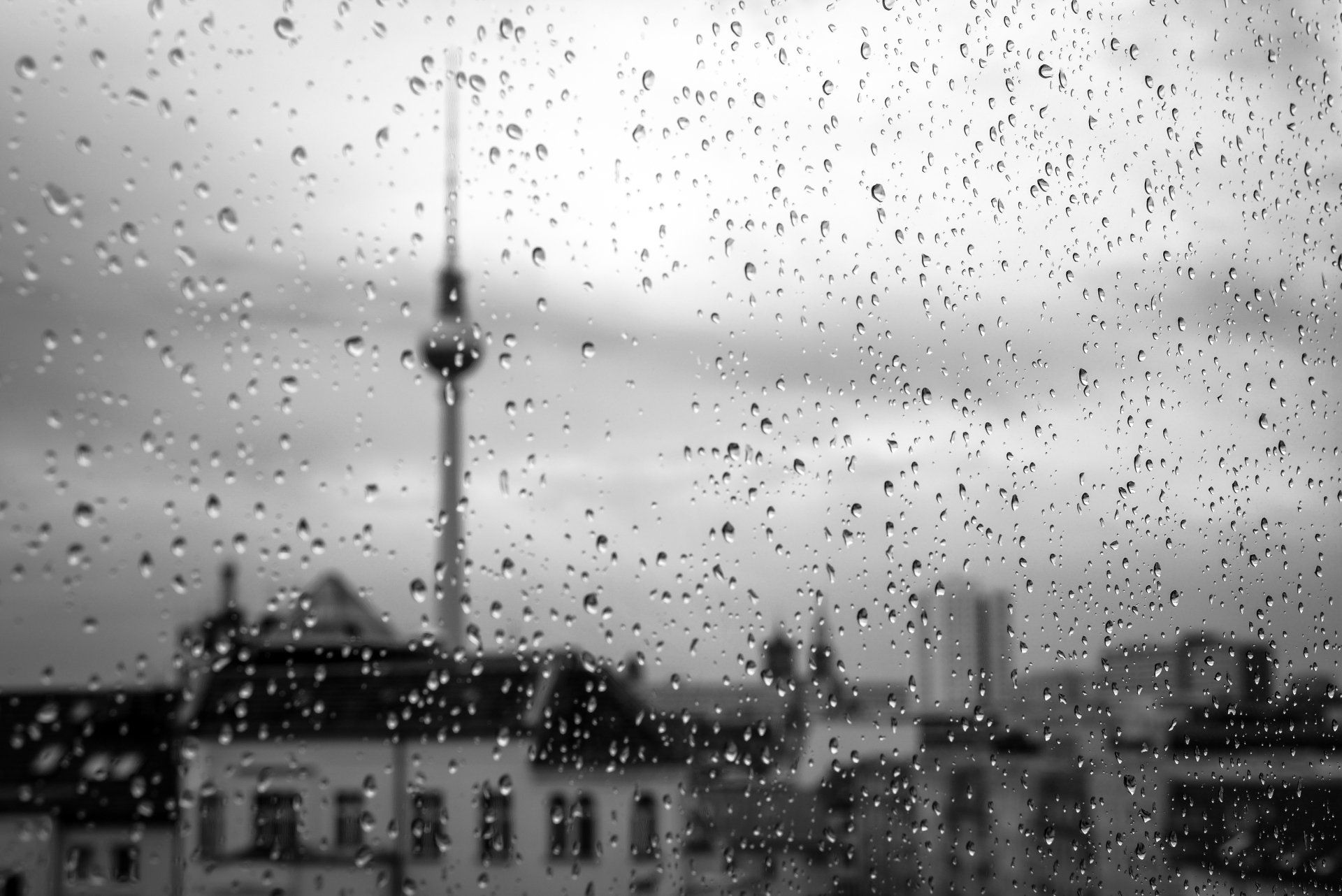
In Berlin there are no problems
only solutions
Most important History of Berlin
Save Stress
Save Time
Inform
Enjoy More
Potsdammer Platz
Potsdamer Platz is a bustling square located in the heart of Berlin. Once a central transportation hub and one of the city's busiest intersections, Potsdamer Platz was heavily damaged during World War II and lay in ruins for decades following the war. In the 1990s, the area was redeveloped into a modern commercial and entertainment district with shopping centres, cinemas, restaurants, and office buildings.
Today, Potsdamer Platz symbolises Berlin's rebirth and a hub of activity, attracting tourists and locals alike. Visitors can enjoy a range of cultural offerings, including theatres, museums, and galleries, as well as a variety of dining and shopping options. The square is also home to several iconic modern buildings, including the Sony Center, which features a distinctive glass dome and serves as a popular gathering place for locals and tourists alike.
Whether you're interested in architecture, culture or simply soaking up the atmosphere of one of Berlin's most dynamic areas, a visit to Potsdamer Platz is a must. With its rich history, diverse offerings, and vibrant energy, it's no wonder that this square remains one of Berlin's most popular destinations.
PLACE TO BE
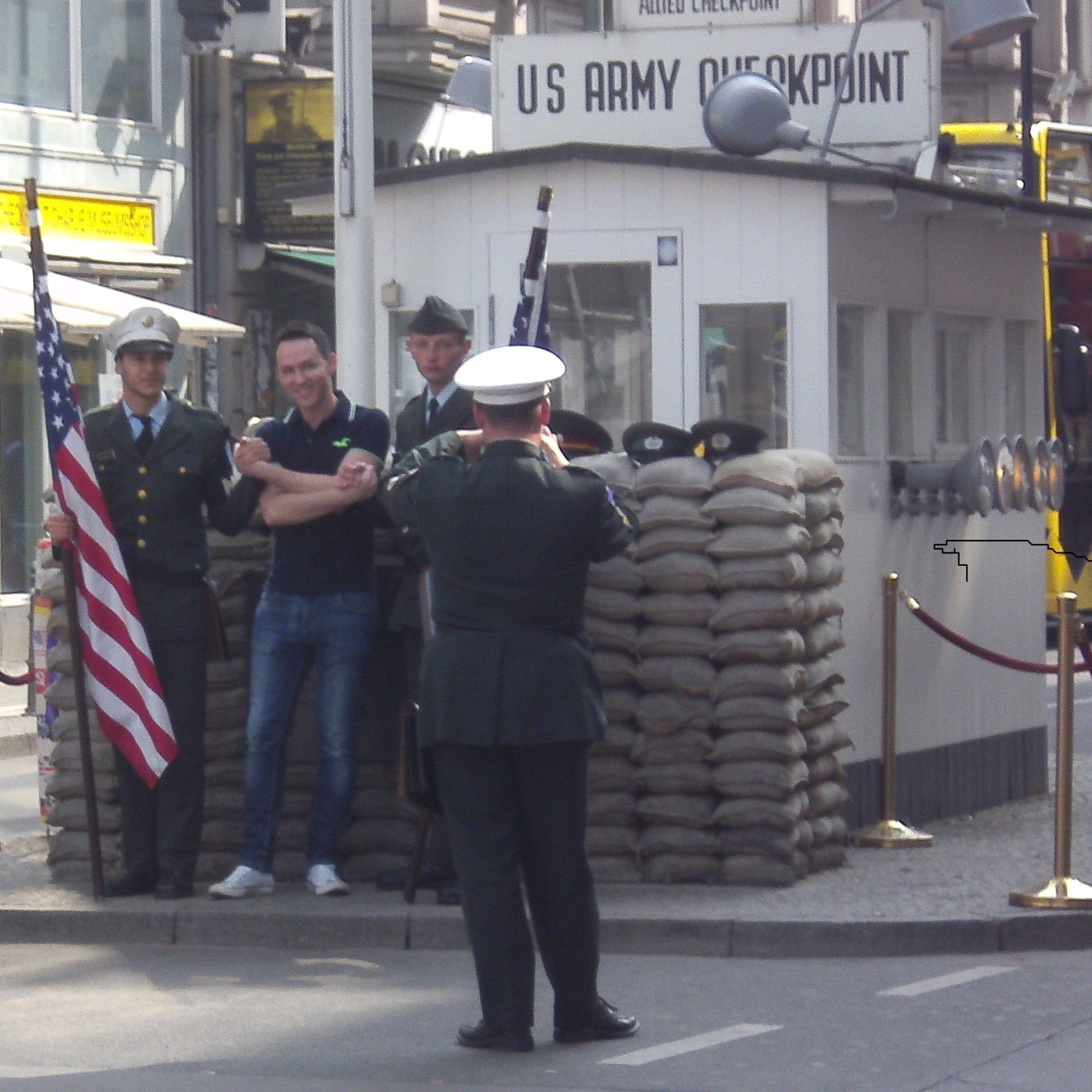

Checkpoint Charly
Checkpoint Charlie, located in the heart of Berlin, Germany, was one of the most famous crossing points between East and West Berlin during the Cold War. This iconic checkpoint became the symbol of the division between East and West, representing the political tensions between the Soviet-controlled Eastern Bloc and the Western Allies during the Cold War.
The Berlin Wall was constructed by the East German government in 1961 to prevent citizens from fleeing to the West. Checkpoint Charlie was established as a crossing point for foreign nationals and diplomats. In order to cross the checkpoint, individuals were required to show their passport and a special permit. The checkpoint was heavily guarded by both East German and American soldiers, making it a tense and highly secured area.
Despite the security measures in place, many East Berliners attempted to escape to the West through Checkpoint Charlie. Some succeeded, while others were caught and sent back to the East. The checkpoint became a site of many protests and demonstrations, both by those trying to escape to the West and by those advocating for reunification.
In October 1961, a dramatic standoff between Soviet and American tanks took place at Checkpoint Charlie. The situation was eventually resolved peacefully, but it was a clear sign of the increasing tensions between the two superpowers and their allies.
As the Cold War continued, Checkpoint Charlie remained a highly guarded and controlled crossing point. However, with the fall of the Berlin Wall in 1989 and the reunification of Germany, Checkpoint Charlie was no longer necessary. Today, the checkpoint is a popular tourist attraction and a reminder of the division and tensions that once marked Berlin and the world during the Cold War.
Visitors to Checkpoint Charlie can now see a replica of the original checkpoint, complete with American and Soviet guardhouses. The nearby Museum Haus am Checkpoint Charlie provides a comprehensive history of the checkpoint, the Berlin Wall, and the division of Berlin. The museum also includes exhibitions and displays showcasing the many escape attempts and daring acts of bravery that took place at the checkpoint.
In conclusion, Checkpoint Charlie is an important historical site that offers a fascinating insight into the events of the Cold War and the division of Berlin. Whether you're a history buff or simply looking to experience a piece of Berlin's rich history, a visit to Checkpoint Charlie is a must-see. With its compelling history, engaging exhibitions, and thought-provoking displays, it's sure to leave a lasting impression on anyone who visits.
Checkpoint Charlie, located in the heart of Berlin, Germany, was one of the most famous crossing points between East and West Berlin during the Cold War. This iconic checkpoint became the symbol of the division between East and West, representing the political tensions between the Soviet-controlled Eastern Bloc and the Western Allies during the Cold War.
The Berlin Wall was constructed by the East German government in 1961 to prevent citizens from fleeing to the West. Checkpoint Charlie was established as a crossing point for foreign nationals and diplomats. In order to cross the checkpoint, individuals were required to show their passport and a special permit. The checkpoint was heavily guarded by both East German and American soldiers, making it a tense and highly secured area.
Despite the security measures in place, many East Berliners attempted to escape to the West through Checkpoint Charlie. Some succeeded, while others were caught and sent back to the East. The checkpoint became a site of many protests and demonstrations, both by those trying to escape to the West and by those advocating for reunification.
In October 1961, a dramatic standoff between Soviet and American tanks took place at Checkpoint Charlie. The situation was eventually resolved peacefully, but it was a clear sign of the increasing tensions between the two superpowers and their allies.
As the Cold War continued, Checkpoint Charlie remained a highly guarded and controlled crossing point. However, with the fall of the Berlin Wall in 1989 and the reunification of Germany, Checkpoint Charlie was no longer necessary. Today, the checkpoint is a popular tourist attraction and a reminder of the division and tensions that once marked Berlin and the world during the Cold War.
Visitors to Checkpoint Charlie can now see a replica of the original checkpoint, complete with American and Soviet guardhouses. The nearby Museum Haus am Checkpoint Charlie provides a comprehensive history of the checkpoint, the Berlin Wall, and the division of Berlin. The museum also includes exhibitions and displays showcasing the many escape attempts and daring acts of bravery that took place at the checkpoint.
In conclusion, Checkpoint Charlie is an important historical site that offers a fascinating insight into the events of the Cold War and the division of Berlin. Whether you're a history buff or simply looking to experience a piece of Berlin's rich history, a visit to Checkpoint Charlie is a must-see. With its compelling history, engaging exhibitions, and thought-provoking displays, it's sure to leave a lasting impression on anyone who visits.
Add More about Gendarmen Markt
Gendarmenmarkt is a square in the center of Berlin, Germany, located between the Konzerthaus, the German Cathedral, and the French Cathedral. It is one of the most famous landmarks in Berlin and a symbol of the city's history and cultural diversity.
The Gendarmenmarkt has a rich history, dating back to the 17th century when it was first used as a military parade ground for the Prussian army. In the late 18th century, the square was renamed "Gendarmenmarkt" after the French word for military police, "Gendarmes."
The Konzerthaus and the French Cathedral, originally built as a church, were both constructed in the 18th century and are considered some of the finest examples of Baroque architecture in Berlin. The German Cathedral, which was destroyed during World War II, was rebuilt in the 1990s and serves as a symbol of reunification.
Throughout its history, the Gendarmenmarkt has been a center of cultural activity in Berlin. It has hosted numerous concerts, theater performances, and other events, including the Berlin International Film Festival and the Berlin Fashion Week. In the 19th and 20th centuries, it was also a popular gathering place for artists, writers, and political activists, who used the square as a platform to express their ideas and opinions.
Today, the Gendarmenmarkt continues to be an important cultural and tourist destination in Berlin. In addition to its historical and architectural significance, the square is surrounded by cafes, restaurants, and shops, making it a popular place to relax and socialize. Every December, it is also the site of a large Christmas market, attracting visitors from around the world.
In conclusion, the Gendarmenmarkt is a significant part of Berlin's cultural heritage, reflecting the city's rich history and diversity. From its origins as a military parade ground to its current status as a cultural hub, the Gendarmenmarkt continues to be one of the most famous and beloved landmarks in Berlin.

Contact us any time
We will get back to you as soon as possible.
Please try again later.











